Block Chain and The Impact on Ag (Part 1)
I've been reading a lot about Block Chain (BC) lately, trying to get a feel for it's coming impact in agriculture. There is certainly a lot of buzz, big predictions, and anxiety surrounding it.
If you're a little fuzzy on what BC is and how it works, the linked review by Purdue Agricultural Economist Dr. Nathan Delay of the book “The Blockchain: A New Form of Trust” by Kevin Werbach of the Wharton School at the University of Pennsylvania, provides as concise a description as I've seen of BC: “a distributed ledger—a tamper proof, synchronized database shared among all members of a network. When one party adds new information, or a “block,” it must be validated and approved by the other parties on the network. Once linked, blocks cannot be altered without changing the entire chain, thus ensuring security”.
Ok, I know; it’s a little awkward to begin a thought piece by referencing a book review of the subject at hand. But bear with me. This works because Dr. Delay is applying the larger concepts of BC to agriculture specifically. But my purpose here isn’t to provide an introduction to BC, it’s to stimulate conversation of how it will impact multiple levels of agriculture, both intentional and unintentional, obvious and unexpected.
Main Target; Production Agriculture:
Dr. Delay gets at the two primary ways in which BC is currently thought to impact Agriculture; transaction costs and traceability. The example used for transaction costs is reduction of physical grain merchandising & trading time, verification and payments. The traceability example includes Wal-Mart adopting and forcing suppliers to use a system which can create a record for a bag of mangoes, potatoes, lettuce, or any other fresh fruits and vegetables from store shelf back through each store delivery-freight-truck loading-storage-packaging-processing and harvest touch-point in the supply chain, all the way back to the farm and field level, and tie in the agronomic practices performed to grow it.
Having worked in a specialty grain business that controlled a product from seed genetics to farm field to processing & packaging to retailer, I think the extent to which BC enables this level of traceability is a bit overblown; at Weaver Popcorn we were doing these things in the late 90's and early 00’s and could produce those records within hours, not the days or weeks stated in the article. Ability to do so was a matter of company vision and cultural will supplied by 3rd generation then CEO Mike Weaver, which gave us differentiated value over competitors to high profit, extreme-quality sensitive international customers. Vertically integrated livestock producers have long been good at it too; the ability to tie farm level production data with end user processing and quality demand and needs being a major source of advantage over their non-integrated competitors.
But undeniably BC will make this tracking much easier, more robust, less expensive, and thus implemented more widely and in ways we haven't yet thought of.
There’s also little question processors, retailers and restaurant chains are going to push its use as far down the supply chain as possible, and they’re going to push with all their very significant weight; increased traceability and assurance food is being produced safely and “sustainably” is being demanded of them by customers and the media. They also need to minimize and mitigate risks associated with food born illnesses, chemical residues and other consumer concerns real or imagined (GMO’s anyone?). Framing the near-term impact at the farm level as a continuum high to low, on the high end is fresh fruits & vegetables and on the lower end, but not unaffected, is commodity grains, which will be harder to trace due to co-mingling at all receiving and shipment points. Livestock production is somewhere toward the upper middle, and could approach fruit and vegetable levels but will be difficult in the still disaggregated beef industry.
From the farm/production agriculture perspective, BC may be less about what economic value the technology enables than what new practices and compliance measures will be required of producers and how it impacts them from large to small. Retailers will require record keeping & production practice compliance from producers, probably each with their own unique technology platform and standards.
Another side effect is that food born disease outbreak and public health risk responsibility is going to be pushed down to the farm level more so than is currently the case. Additionally, all that data is going to be gathered and crunched by people both inside and outside of Agriculture with unforeseen and possibly uncontrollable impacts.
In other words, for a producer, ability to comply, adapt to mandated practices which have the potential to lower output (think fertilizer, pest management and water use), record data while in process, and absorb risk will be both a production cost and requirement to maintain public “license to operate” (i.e. trust). As always, smaller producers will be less able to afford new technology implementation and may have a difficult time keeping up.
Still, there are a number of positives of BC at the farm and field level, more on that in the next post.
